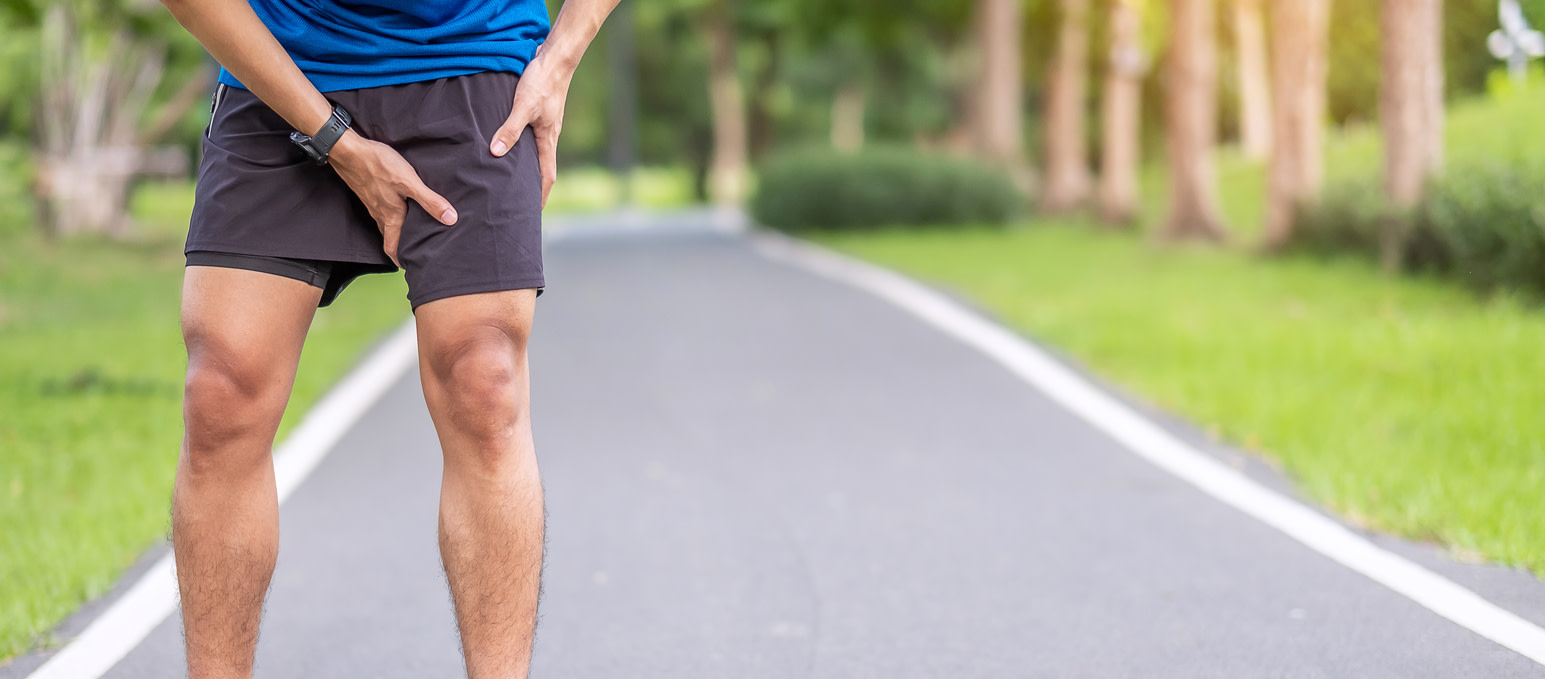How to Prevent and Treat a Groin Strain
Learn common causes of groin strains and how to prevent and relieve them, especially with exercises from physical therapists.
0 $ pour vous
Dernière mise à jour : Oct 23, 2025
Table des matières
Fully covered hip pain relief
Find relief from hip pain, buttock pain, hip tendonitis, & more.
Check if I'm eligiblePT Exercises for Groin Strain Recovery
Want expert care? Check if you're covered for our free program →- Seated Hip Adduction
- Side Lunge
- Side Lying Hip Adduction
- Butterfly Stretch
